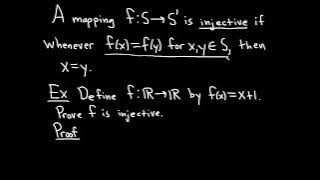Bayesian networks | Econometric modeling | Latent variable models
Latent and observable variables
In statistics, latent variables (from Latin: present participle of lateo, “lie hidden”) are variables that can only be inferred indirectly through a mathematical model from other observable variables that can be directly observed or measured. Such latent variable models are used in many disciplines, including political science, demography, engineering, medicine, ecology, physics, machine learning/artificial intelligence, bioinformatics, chemometrics, natural language processing, management and the social sciences. Latent variables may correspond to aspects of physical reality. These could in principle be measured, but may not be for practical reasons. In this situation, the term hidden variables is commonly used (reflecting the fact that the variables are meaningful, but not observable). Other latent variables correspond to abstract concepts, like categories, behavioral or mental states, or data structures. The terms hypothetical variables or hypothetical constructs may be used in these situations. The use of latent variables can serve to reduce the dimensionality of data. Many observable variables can be aggregated in a model to represent an underlying concept, making it easier to understand the data. In this sense, they serve a function similar to that of scientific theories. At the same time, latent variables link observable "sub-symbolic" data in the real world to symbolic data in the modeled world. (Wikipedia).




















